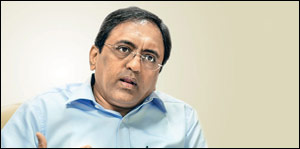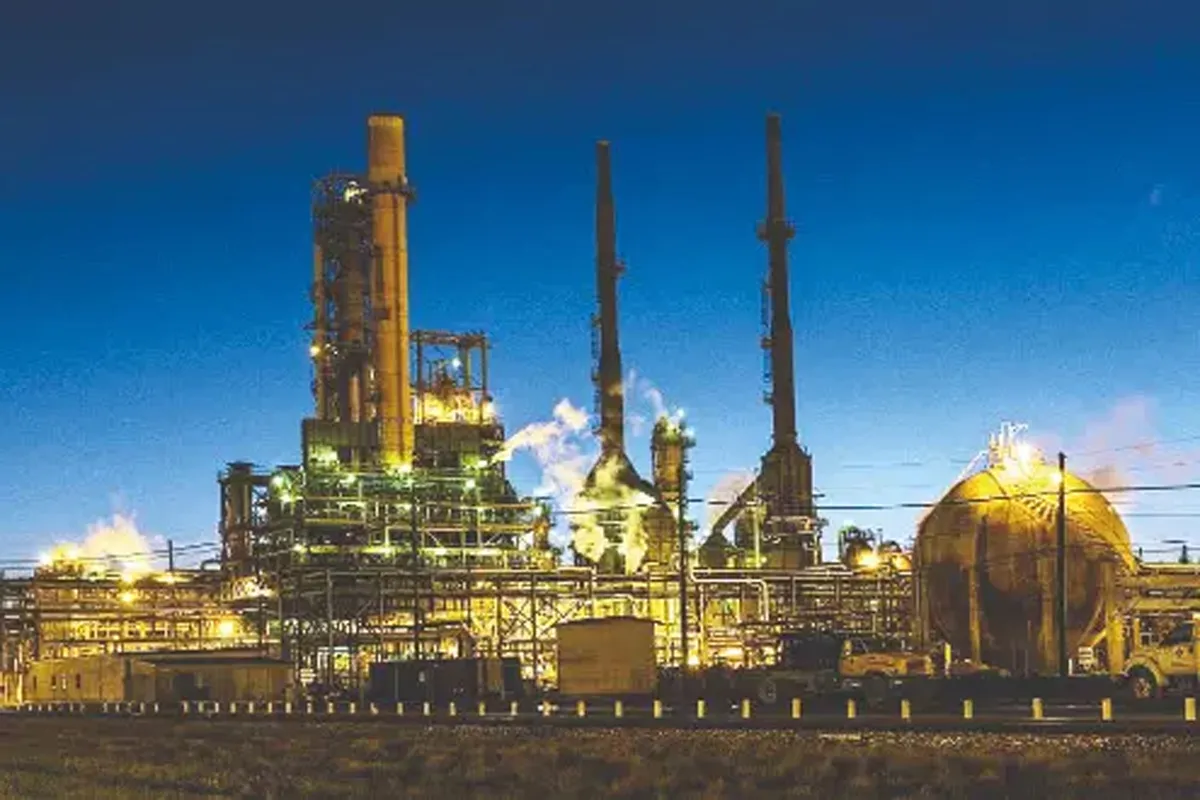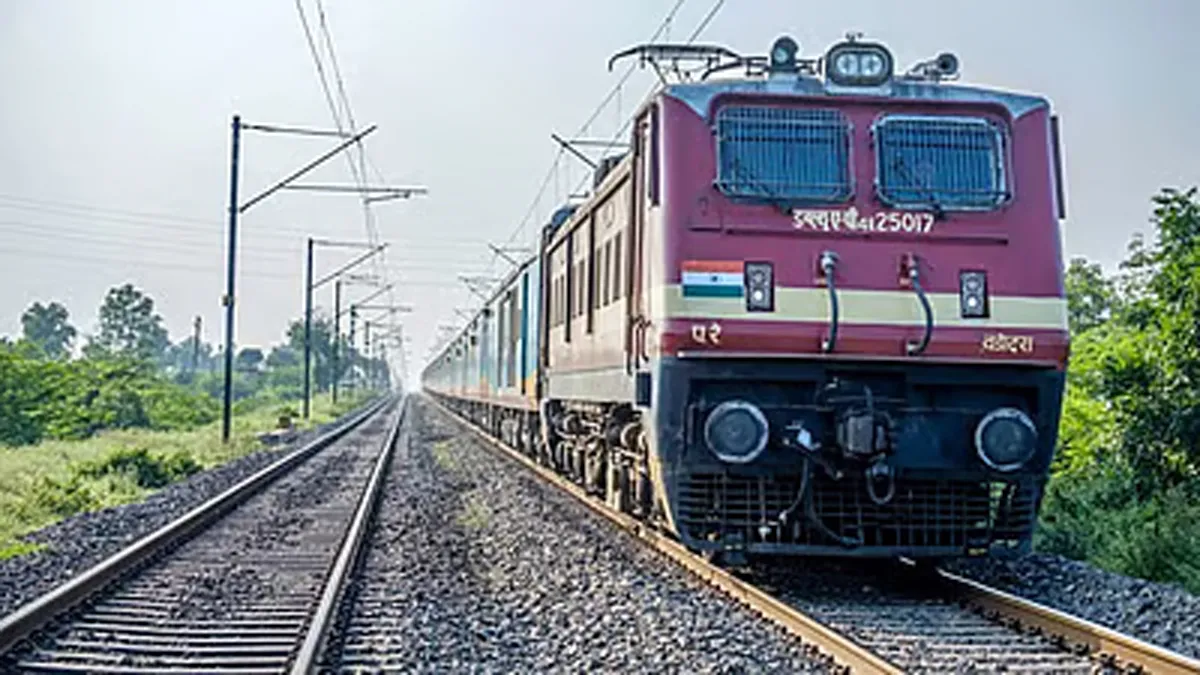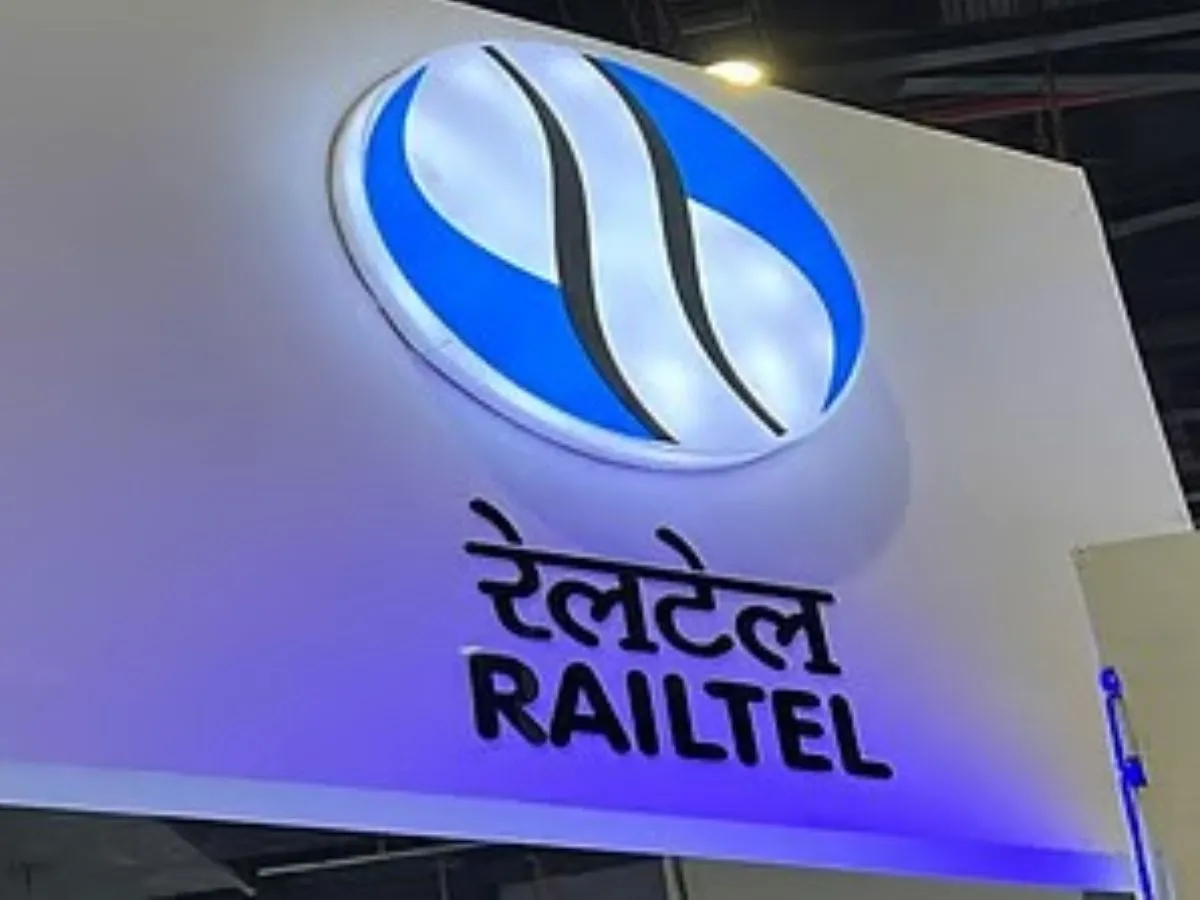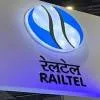With the rupee taking a dive vis-a-vis the dollar and order books drying up, these are certainly not the best of times for construction firms. But come hell or high water, L and T Construction part of the $ 14-billion L and T conglomerate and undisputed leader in the EPC segment seems to be going from strength to strength as it eyes new frontiers for business.
SN Subrahmanyan, Member of the Board and Senior Executive Vice President (Infrastructure and Construction), L and T, took time to answer questions from
PRATAP V PADODE, Editor-in-Chief, CW, on his company's strategies to beat the slowdown, the growing emphasis on international projects, and the way forward.
L and T has made a significant play in the Middle East. It is said to be the only Indian company prequalified to handle large, process-intensive projects overseas. With a focus on the Middle East market, could you highlight the recent orders bagged by your company?
L and T's current strategic plan puts a lot of emphasis on geographic diversification to even out business cycle effects. The focus on the Middle East is the result of this main strategy. We have slowly graduated from being a civil contractor to a big EPC player. We are currently executing many important projects, such as the Salalah Airport in Oman, a big interchange and road project in UAE, many transmission lines and substation jobs all across the GCC, and a wastewater treatment plant in Qatar. Moreover, in the recent past, we have secured some major orders like Riyadh Metro in Saudi Arabia, the Abu Dhabi Airport airside works and the Batinah Expressway in Oman in the face of stiff international competition.
Tell us about your strategies to strengthen L and T's presence overseas.
We started our overseas endeavour way back mainly as a civil contractor. At present, one of our key strategies is to move to a consortium approach for big valued orders to give end-to-end delivery. The key idea is to get experience, establish our delivery capabilities and graduate up the value chain. We provide one-stop-shop solutions to our customers, like EPC or D and B jobs. This, coupled with our financial strength and huge resource base, is the key success factor for our growth in the international market.
Diversifying the staff base, having region-centric and self-sustained independent project management and business development teams in place, and establishing fabrication yards overseas are a few other strategic initiatives to mention. Our core strength is to ensure quality and timely delivery of projects.
Apart from the Middle East, give us an understanding of your track record in the international market and any other countries you are currently eyeing.
We feel the global construction industry will be increasingly driven by the construction markets in the Asian region, especially India and China, the far East, the Middle East and East Africa. Such regions are expected to grow rapidly in the face of huge 'infrastructure deficits' faced by countries coupled with the government's policy initiative to deliver. Countries like Kenya, Tanzania, Uganda, Ethiopia, Nigeria, Algeria, Gambia, Sierra Leone, South Sudan and Mozambique are on our radar now. We have targeted only those countries with a stable political environment, reliable funding sources and good construction prospects. The above countries are cleared by UN, UNHCR, World Bank and African Development Bank. Currently the focus is on major construction projects related to airports, buildings and infrastructure, hospitals and projects of national importance.
With the current volatility in currency, what precautionary measures are you taking to protect your profit margins when securing orders overseas? When do you expect to see a turnaround in the Indian infrastructure scene?
Our major exposures to currencies like the Saudi Riyal, Omani Riyal, Kuwait Dinar and UAE Dirham is pegged to the US dollar. Our customers pay us either in US dollars or native currencies; similarly, most of our purchases are also in the same currencies. Thus, our receivables and payables with respect to native currencies do not fluctuate much. Moreover, the recent depreciation of the rupee against the US dollar will add to our advantage. With respect to exposure to other currencies like the Euro, Chf, Sek and Yen, we coordinate with our corporate treasury to take appropriate covers like hedging for major purchases during the pre-award and post award stages.
Despite the slowdown, L and T has managed such a huge order book at a rapid pace. What approach did you take to achieve this?
Active geographical diversification and L and T's credibility for quality and timely delivery are the main reasons for this order book growth. Most of our competitors have huge debt, contracting margins and high working capital, resulting in limited delivery capabilities. Clients seek reliable partners in difficult times. Today, in the Indian market L and T can prefer to be choosy.
Also, given this figure, what steps are you taking in terms of manpower recruitment and equipment purchase for speedier project execution?
As a multinational organisation and with its presence in every domain of work, L and T ensures that minimum requisite manpower availability is met. Manpower requirement of both staff and workmen are identified pre-hand once job likelihood is achieved. This initiative is taken beforehand to get rid of any administrative issues that may arise in time and delay the process. Our support also comes from local subcontractors we engage for workmen apart from departmental workmen. To achieve localisation, we are planning towards development of nationals in skilled areas and thereby reduce expat workmen strength. As far as equipment is concerned, proper technical evaluation and customer-accepted makes are selected for projects. This enables us to avoid execution-related issues. Timely manufacturing clearance and factory acceptance tests are done in liaison with the customer to speed up the process.
Within India, in which sectors do you expect a faster turnaround when the economy rebounds?
India's present predicament with low growth has been mainly attributed to stagnant investment demand and the so called 'governance deficit'. Recently, the Government has taken a number of initiatives to remove bottlenecks and improve investor sentiment. The effect will be felt in some time. We strongly feel that the forces of urbanisation and infrastructure growth are irreversible for India. Given this, the turnaround to the capex cycle, particularly the private capex cycle, would serve as the lead indicator of the renewal of investment demand. Once we witness sure signs of capex cycle revival, we believe the rest of the pieces will fall in place.
International players like Black and Veatch, Bechtel, Fluor, etc, are sourcing engineering designs from India. Are there any plans to offer L and T's engineering services to overseas markets?
L and T is already offering design services to overseas markets. Integrated Engineering Services (IES) has been integrated with L and T Infotech to focus on such markets. Furthermore, the in-house Engineering Design Research Centre (EDRC) of L and T Construction has got enormous capabilities to cater to such requirements.
L and T, being the developer of metro, seems to conflict with its core business as a contractor in the eyes of the state. Does this mar the company's prospects in any way?
We have been in the development business for a long time through our Developmental Projects Business Group. Most global construction firms like Vinci, Bouygues, Hochtief, etc, have successfully adopted the construction-concession business model. Thus, it is in no way contradictory. On the other hand, it makes the business more stable. This is done at an arm's length distance. The concession business is through another company L and T IDPL.
Tell us about the new technologies being employed, or experimented with, by the company
We are very proud of the construction skill development model that we have adopted for the development of workmen across our country. We are continuously investing time and money in developing and making them more productive to take higher responsibilities in the international market.
We have taken a lot of steps to make our workforce multinational both at the management and other levels.
This shift and our efforts on integration are proving to be very successful. Our Middle East Engineering and Design Research Centre has developed an in-house SCMS and protection laboratory that is being used to advance in-house testing engineers in line with customer requirements.
This ensures that we have customer-approved testing engineers who will be engaged to accelerate testing procedures at site and commission utility substations on time.
Given the challenging environment, many companies are under debt stress. Would L and T look at inorganic growth?
Most businesses are under pressure. Many in the construction sector are over-leveraged. We are not closed to the right opportunity.
